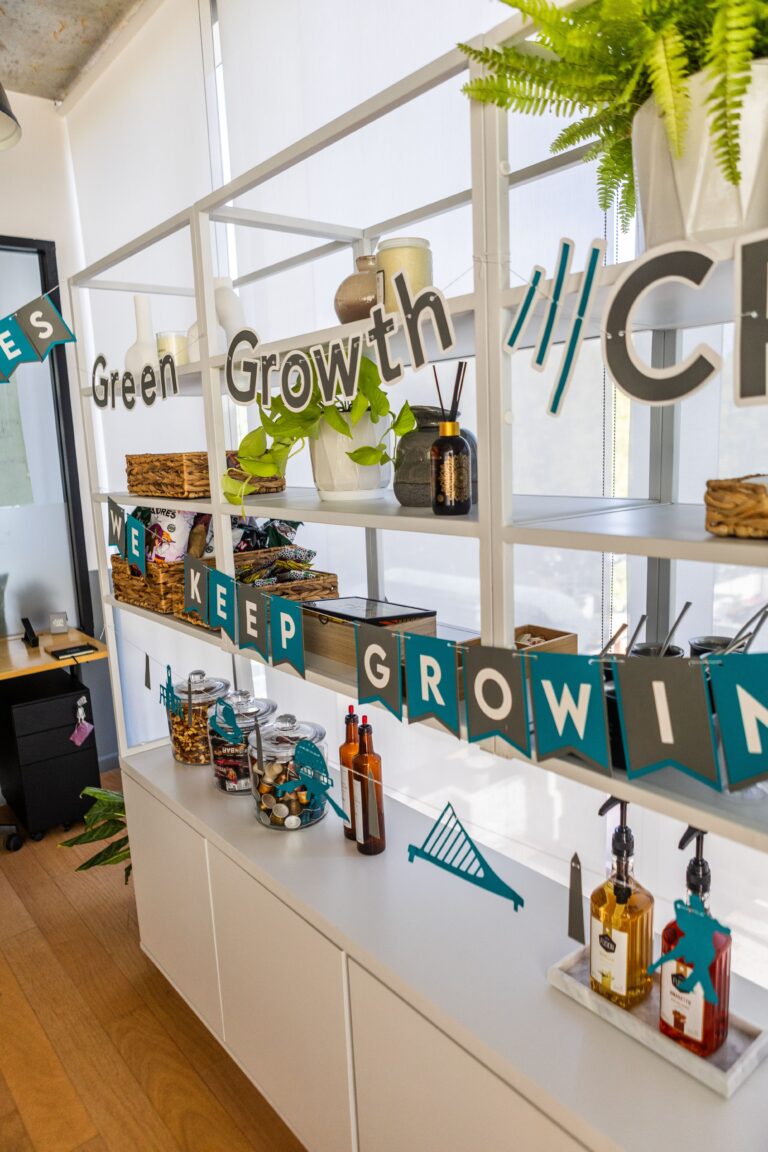The Inflation Reduction Act has made important changes to Section 179. These changes have made it a valuable tool for businesses planning their taxes at the end of 2023. Let’s dive deep into the nuances of these changes and understand what they mean for you as a business owner.
Understanding Section 179
Section 179, which was introduced in 2005, is a provision in the U.S. tax law. Its purpose is to incentivize businesses to make investments in energy-efficient buildings. It offered a tax deduction for energy-efficient upgrades to commercial buildings. However, the Inflation Reduction Act of 2022 has significantly revamped this tax incentive.
The Evolution of Section 179
Before 2023, Section 179 allowed a deduction of up to $1.88 per square foot for energy-efficient upgrades during the initial construction or later improvement of an established building. However, the deduction can not exceed the cost of the improvement. To qualify for section 179, the taxpayer had to make an improvement. This improvement needed to boost energy efficiency by 50%. It had to be done in three specific areas.
- Interior Lighting
- Heating, Cooling, Ventilation, and Hot Water Systems (HVAC)
- Building Envelope
However, the Inflation Reduction Act has significantly changed these provisions, effective January 1, 2023.
The Impact of the Inflation Reduction Act
The Inflation Reduction Act has amplified the benefits of Section 179. The maximum deduction has increased from $1.88 to $5 per square foot. However, the deduction still cannot exceed the cost of the improvement.
But there’s a catch. Taxpayers must meet the prevailing wage and apprenticeship requirements to take advantage of the increased deduction. This means that taxpayers must pay wages at the prevailing rate in the area where the construction is taking place. Moreover, 12.5% of total trade hours incurred during construction must be at the apprentice level.
New Opportunities with Retrofits
Another significant change introduced by the Inflation Reduction Act is the concept of retrofits. Qualifying properties can now make retrofits to a building every three years (or four years for tax-exempt entities) and claim the 179D deduction. So long as the retrofit results in a 25% decrease in energy use intensity compared to the pre-retrofit state, businesses can enjoy the tax benefits of this deduction.
The Challenges of Section 179
While the 179D deduction has seen substantial improvement, it’s not without challenges. The taxpayer must get a certification from a qualified engineering firm, which can be costly. The taxpayer must also recapture the deduction as ordinary income instead of a potential 25% rate when they sell the building.
Moreover, meeting the prevailing wage and apprenticeship requirements can add significant costs to a project. Therefore, you need to consider your situation and consult a tax professional to determine if the 179D deduction is the best approach for your business.
Navigating the Changes
Understanding and navigating these changes can be complex. But with the proper guidance and expertise, businesses can effectively leverage the benefits of Section 179. It’s crucial to seek the advice of tax professionals who can provide an informed perspective and guide companies in making strategic decisions.
Embracing the Future
The changes to Section 179 represent a significant shift in the landscape of energy efficiency tax incentives and tax credits. With the potential for substantial tax savings, small businesses now have a compelling reason to invest in energy-efficient improvements.
The Inflation Reduction Act is paving the way for a future where sustainable, energy-efficient buildings are the norm rather than the exception. As businesses embrace these changes and invest in energy efficiency, they can look forward to reduced energy costs and substantial tax savings.
Conclusion
The Inflation Reduction Act has supercharged Section 179 of the Internal Revenue Code, transforming it into a potent tool for businesses. By effectively understanding and leveraging the changes, companies can maximize their tax savings and contribute to a more sustainable and energy-efficient future.
As a business owner, it’s crucial to consider utilizing Section 179 for your end-of-year tax planning strategies. Doing so can significantly reduce your tax liability and contribute to a sustainable future.
GreenGrowth CPAs’ goal is to empower clients with informed business decisions. Emphasizing accessibility, accuracy, and advocacy, we’re here to offer a sense of security and commitment to your business growth. So, let’s navigate these changes together and unlock new opportunities for your business.





